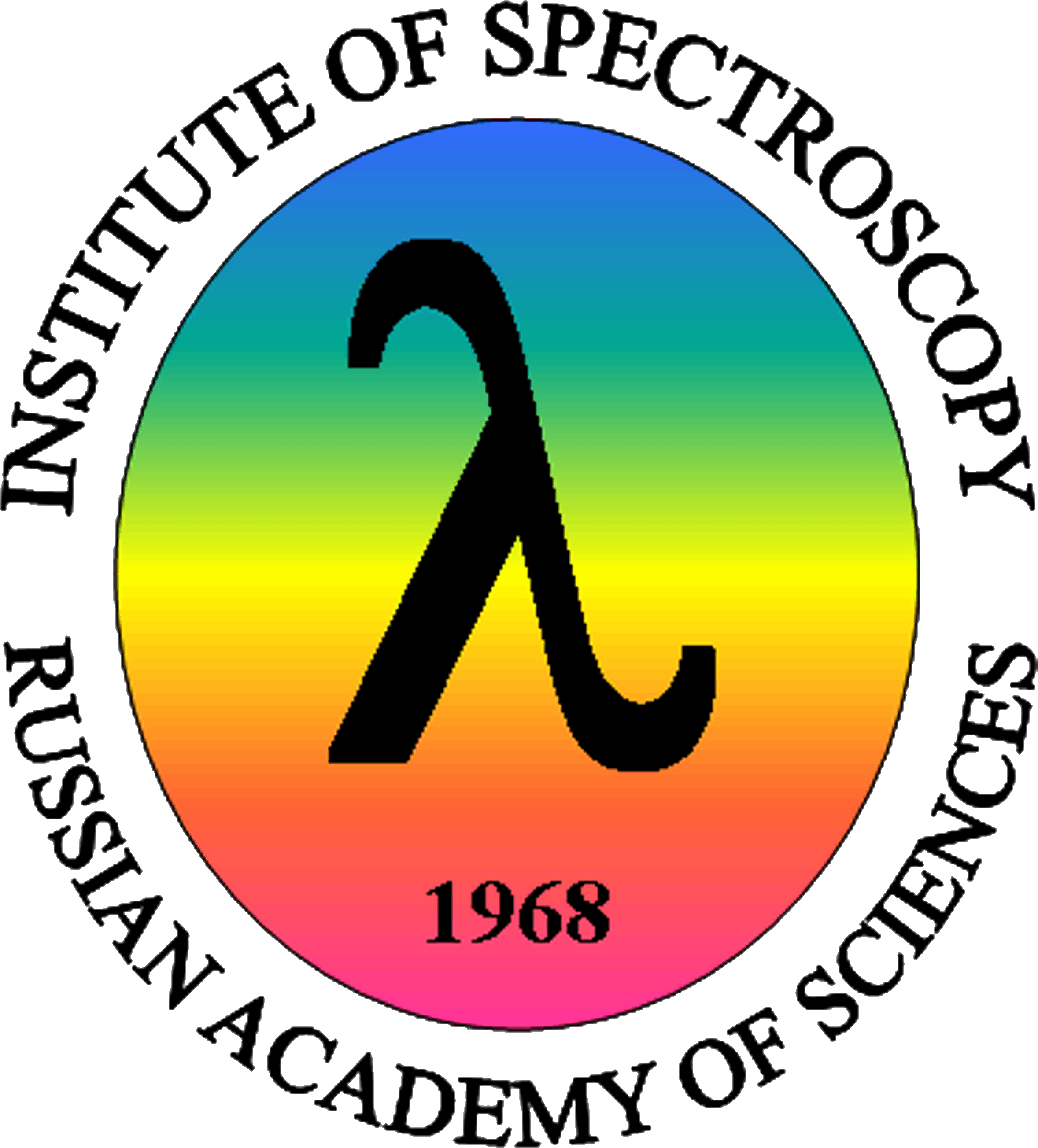|
News
Research
Areas
Atom on nanoscale
Atom
nanofabrication
Reseach
topics
Publications
Nanophotonics
& Nanoplasmonics
Publications
Publications
Press
about us
Patents
Team
Contacts
|
Atom nanofabrication
 There
are several
approaches to fabrication of nanostructures with sizes
of several tens of nanometers; each of them has a number of advantages
and
drawbacks. In particular, the difficulties in further development of
approved
methods are well known: (i) conventional photolithography has a
diffraction
limit, (ii) lithography based on charged particle beams meets problems
related
to commercial production of structures and a significant role of
Coulomb
repulsion, (iii) scanning probes have a low output, and (iv) self
assembling
fabrication is not an universal process. An alternative approach for
nanotechnology is atom optics, i.e., optics of material particles
(electron and
ion optics). It deals with problems of formation and control of
ensembles and
beams of neutral atoms. The term “atom optics” is
similar to the terms “light
optics” or “photon optics”. An important
direction of atom optics is the
development of basic elements, similar to the elements of conventional
light
optics. Among many applications of atom optics elements, atom
lithography is
potentially important for micro and nanofabrication of material
structures. There
are several
approaches to fabrication of nanostructures with sizes
of several tens of nanometers; each of them has a number of advantages
and
drawbacks. In particular, the difficulties in further development of
approved
methods are well known: (i) conventional photolithography has a
diffraction
limit, (ii) lithography based on charged particle beams meets problems
related
to commercial production of structures and a significant role of
Coulomb
repulsion, (iii) scanning probes have a low output, and (iv) self
assembling
fabrication is not an universal process. An alternative approach for
nanotechnology is atom optics, i.e., optics of material particles
(electron and
ion optics). It deals with problems of formation and control of
ensembles and
beams of neutral atoms. The term “atom optics” is
similar to the terms “light
optics” or “photon optics”. An important
direction of atom optics is the
development of basic elements, similar to the elements of conventional
light
optics. Among many applications of atom optics elements, atom
lithography is
potentially important for micro and nanofabrication of material
structures.
Despite a large number of
proposed methods for focusing atomic beams, this problem remains
experimentally
difficult. The main difficulty is the fabrication of the
atom–field interaction
potential with properties similar to those of the
“ideal” lens for atoms. We
experimentally implemented for the first time another approach to the
problem
of focusing and constructing images in atomic optics, which is based on
the
concept of a pinhole camera; the latter is used both in light optics
and in
modern experimental physics when it is difficult to form a focusing
potential. In an atomic “pinhole
camera”, an atomic beam is transmitted through an array of
holes in a
mask, thus forming, by analogy
with optics, a “luminous object” of specified
geometry. The atoms transmitted
through the holes in the mask, propagating in vacuum over straight-line
trajectories,
arrive at a thin film located at a distance L from
the mask. Each hole
of the film serves as a pinhole camera for atoms, forming an image of
the
“object” on the surface of a substrate, which is
located at a small distances l
behind the film. In
this geometry, a set of
object images, decreased
approximately by a factor of m
= L/l ,
is formed on the
substrate. The atomic “pinhole camera” is an analog
of the Feynman’s scalable
manufacturing system that could manufacture a smaller scale replica of
itself.
|
|
www.isan.troitsk.ru
Institute for spectroscopy RAS,
Fizicheskaya Str., 5, Troitsk, Moscow, 142190 Russia
phone: +7 495 851-02-33
e-mail: atom.nano.optics@gmail.com
|


 There
are several
approaches to fabrication of nanostructures with sizes
of several tens of nanometers; each of them has a number of advantages
and
drawbacks. In particular, the difficulties in further development of
approved
methods are well known: (i) conventional photolithography has a
diffraction
limit, (ii) lithography based on charged particle beams meets problems
related
to commercial production of structures and a significant role of
Coulomb
repulsion, (iii) scanning probes have a low output, and (iv) self
assembling
fabrication is not an universal process. An alternative approach for
nanotechnology is atom optics, i.e., optics of material particles
(electron and
ion optics). It deals with problems of formation and control of
ensembles and
beams of neutral atoms. The term “atom optics” is
similar to the terms “light
optics” or “photon optics”. An important
direction of atom optics is the
development of basic elements, similar to the elements of conventional
light
optics. Among many applications of atom optics elements, atom
lithography is
potentially important for micro and nanofabrication of material
structures.
There
are several
approaches to fabrication of nanostructures with sizes
of several tens of nanometers; each of them has a number of advantages
and
drawbacks. In particular, the difficulties in further development of
approved
methods are well known: (i) conventional photolithography has a
diffraction
limit, (ii) lithography based on charged particle beams meets problems
related
to commercial production of structures and a significant role of
Coulomb
repulsion, (iii) scanning probes have a low output, and (iv) self
assembling
fabrication is not an universal process. An alternative approach for
nanotechnology is atom optics, i.e., optics of material particles
(electron and
ion optics). It deals with problems of formation and control of
ensembles and
beams of neutral atoms. The term “atom optics” is
similar to the terms “light
optics” or “photon optics”. An important
direction of atom optics is the
development of basic elements, similar to the elements of conventional
light
optics. Among many applications of atom optics elements, atom
lithography is
potentially important for micro and nanofabrication of material
structures.